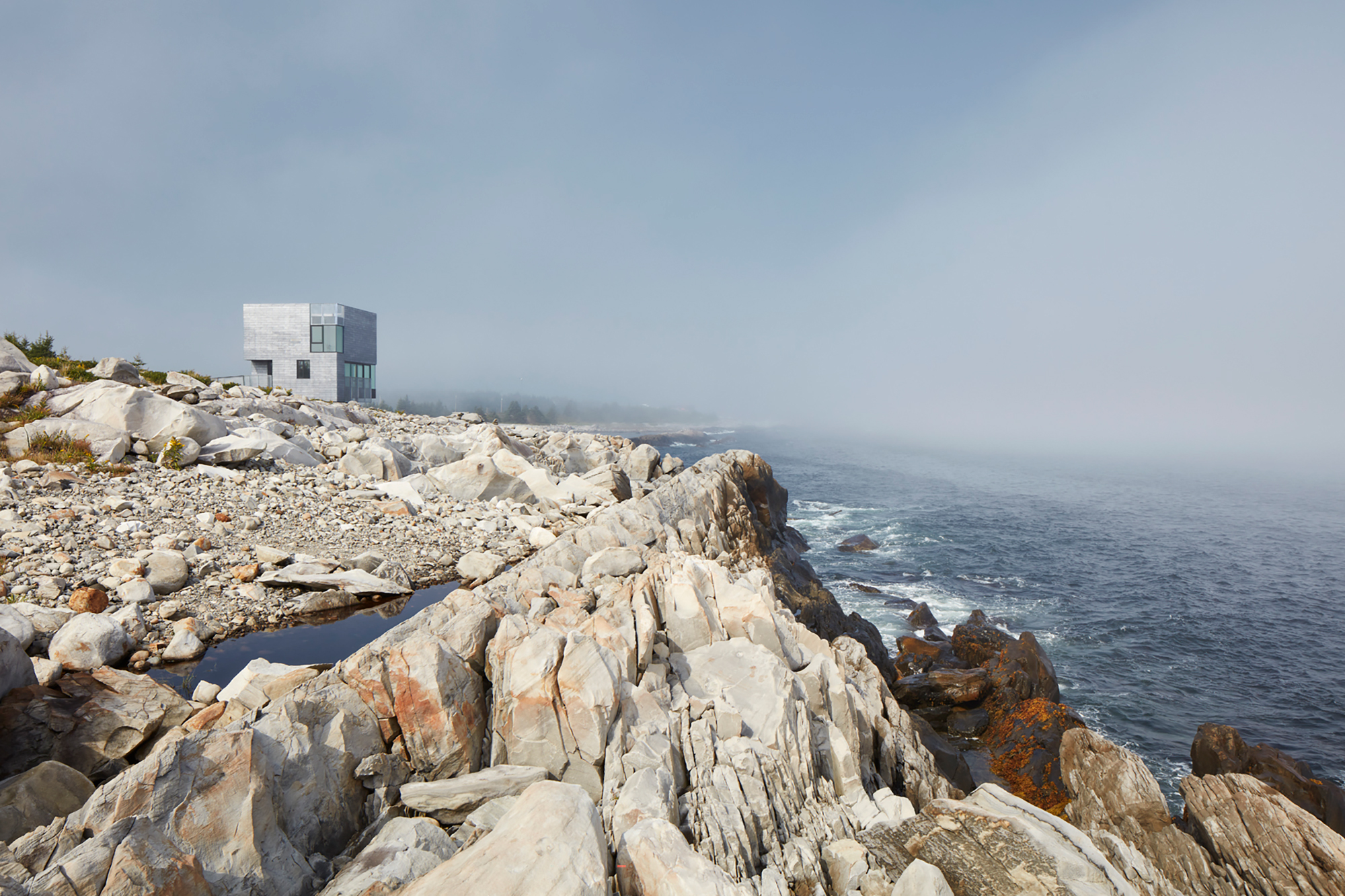
Port L'Hebert,
Nova Scotia
Port L'Hebert,
Nova Scotia
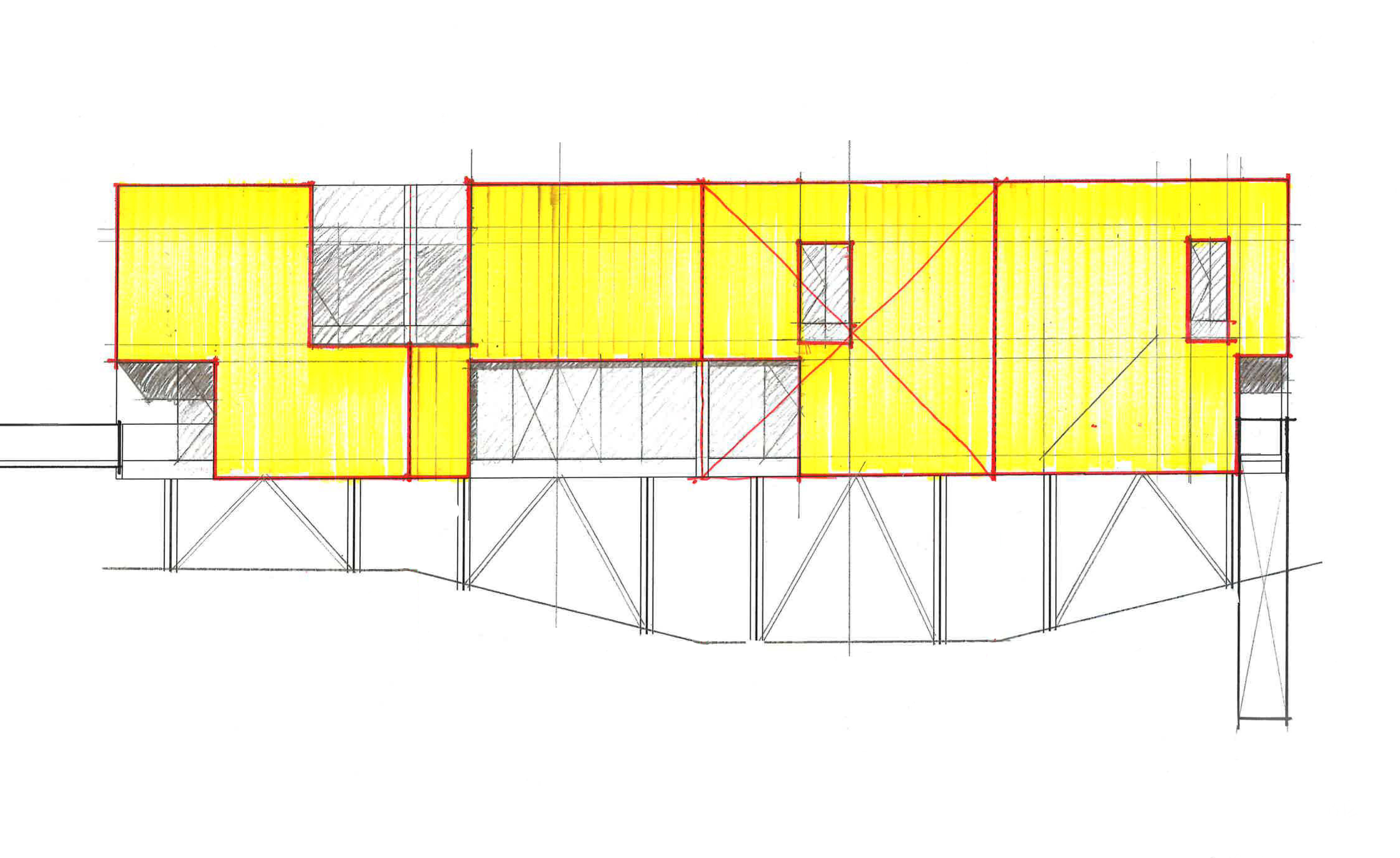
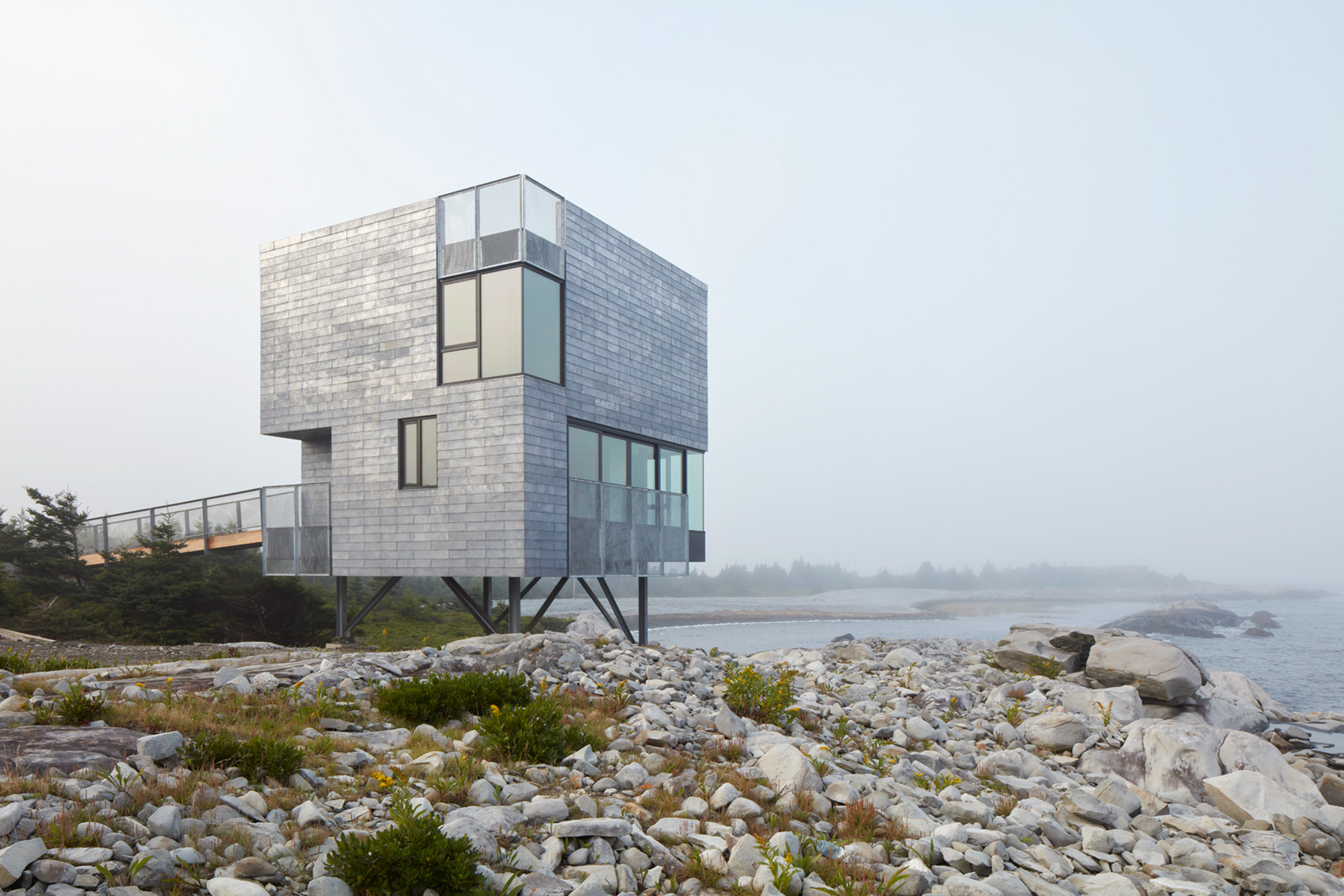
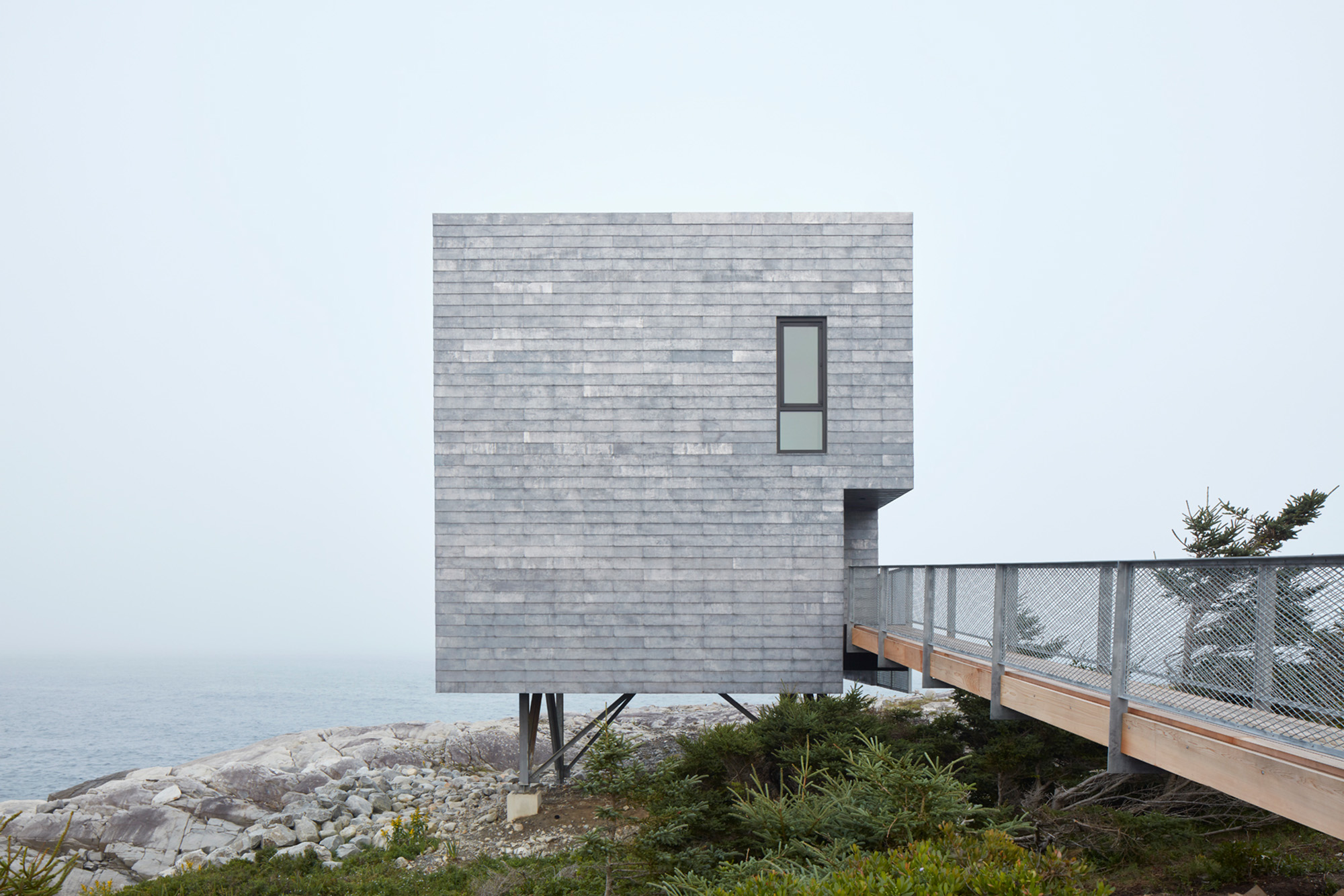
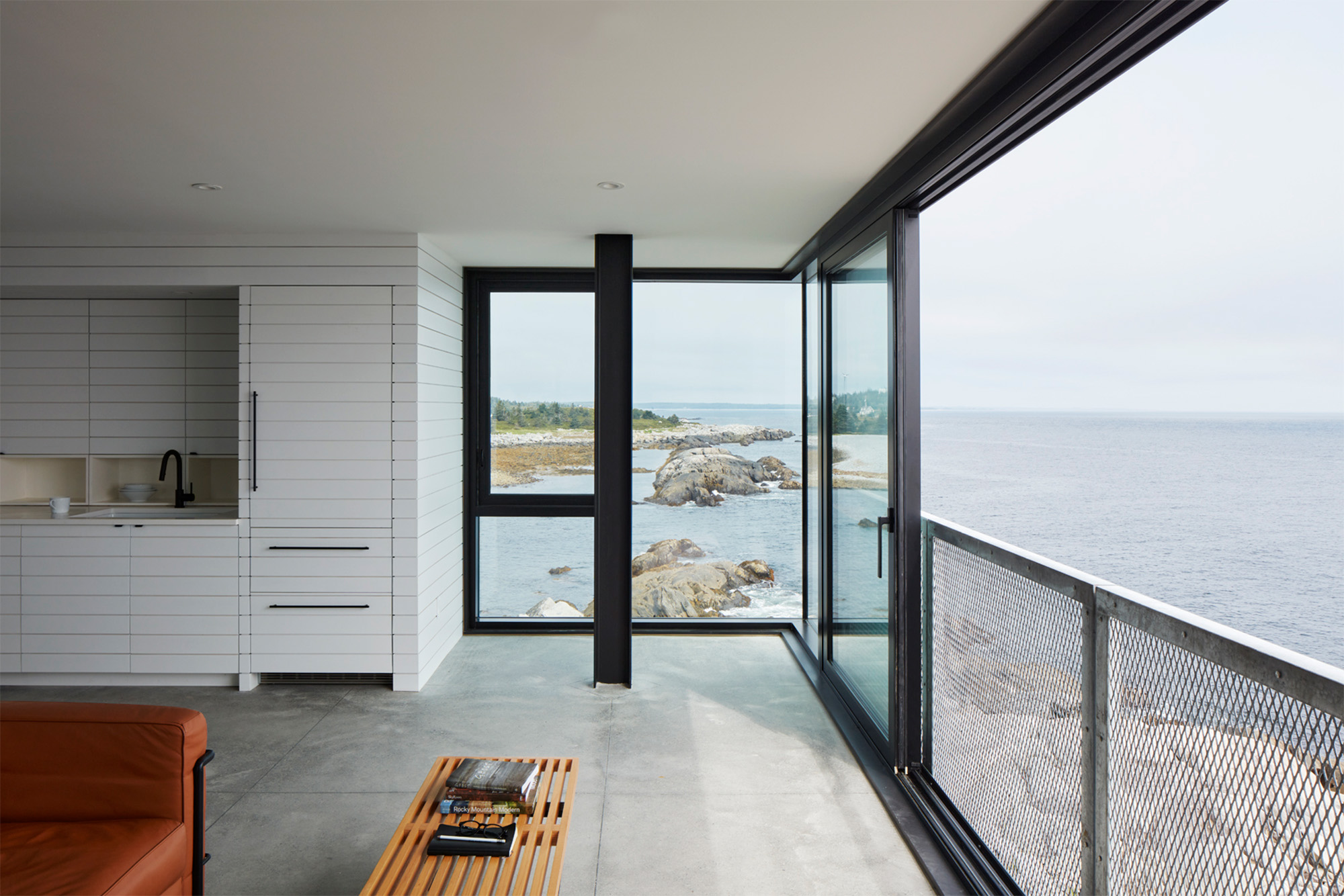
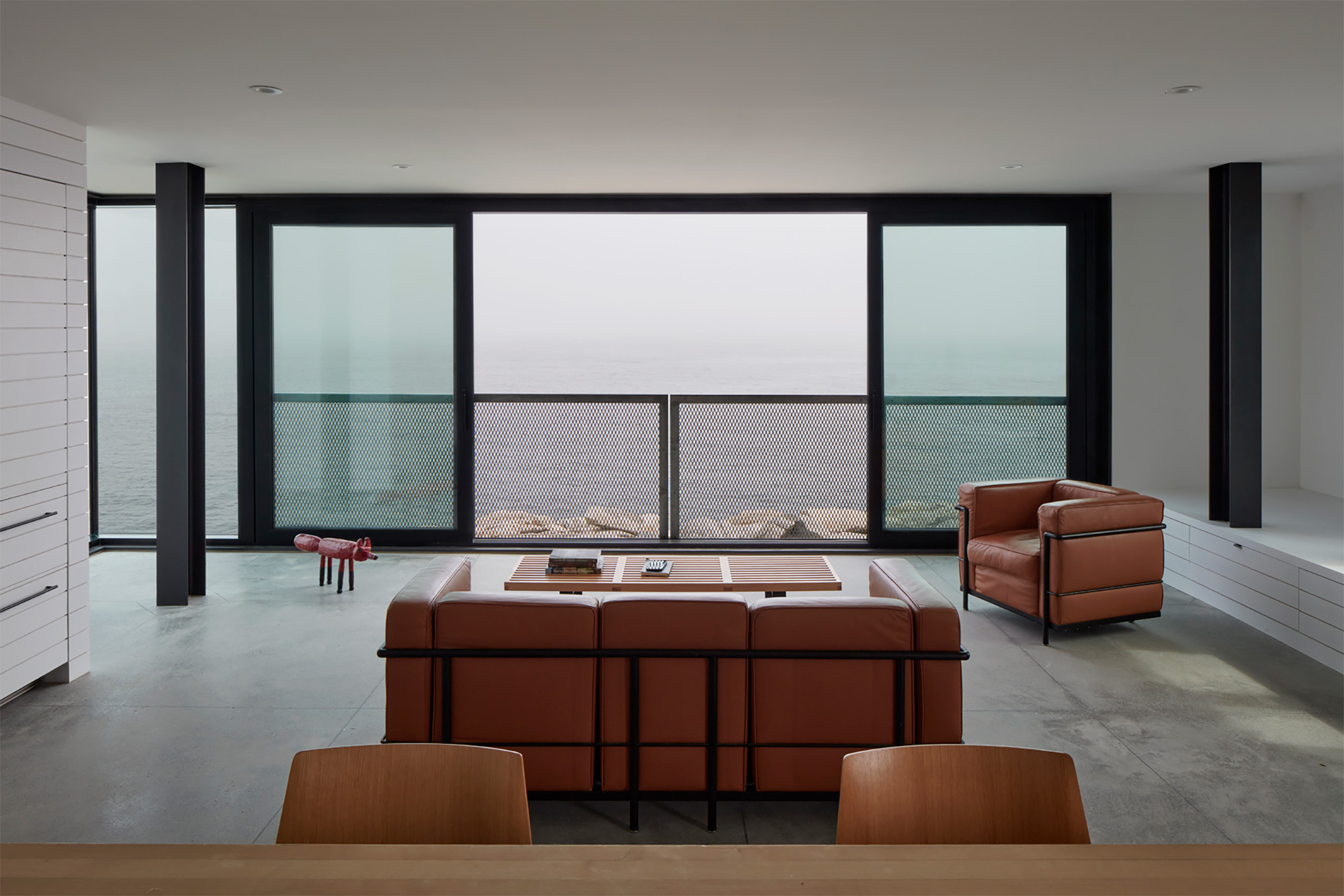
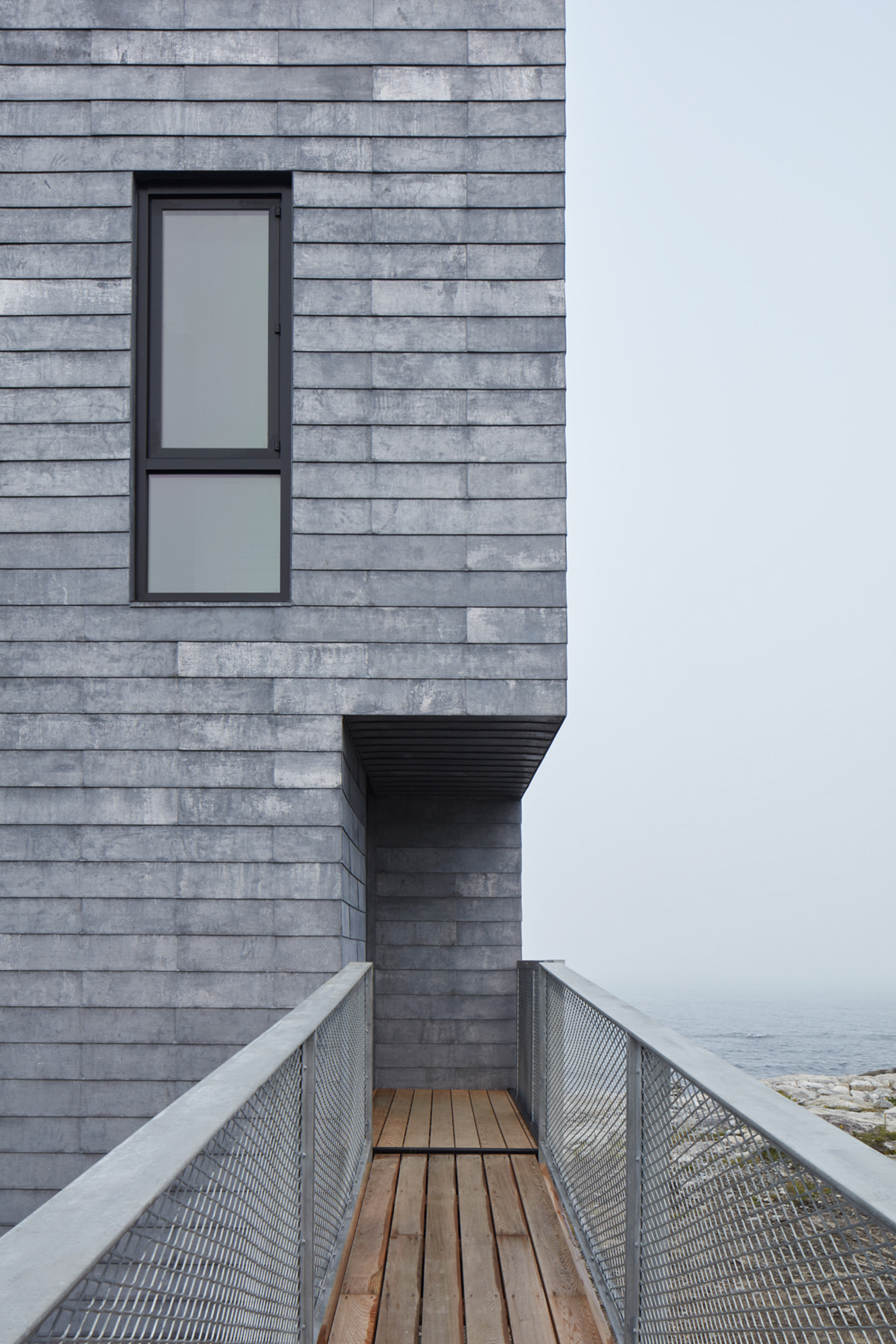

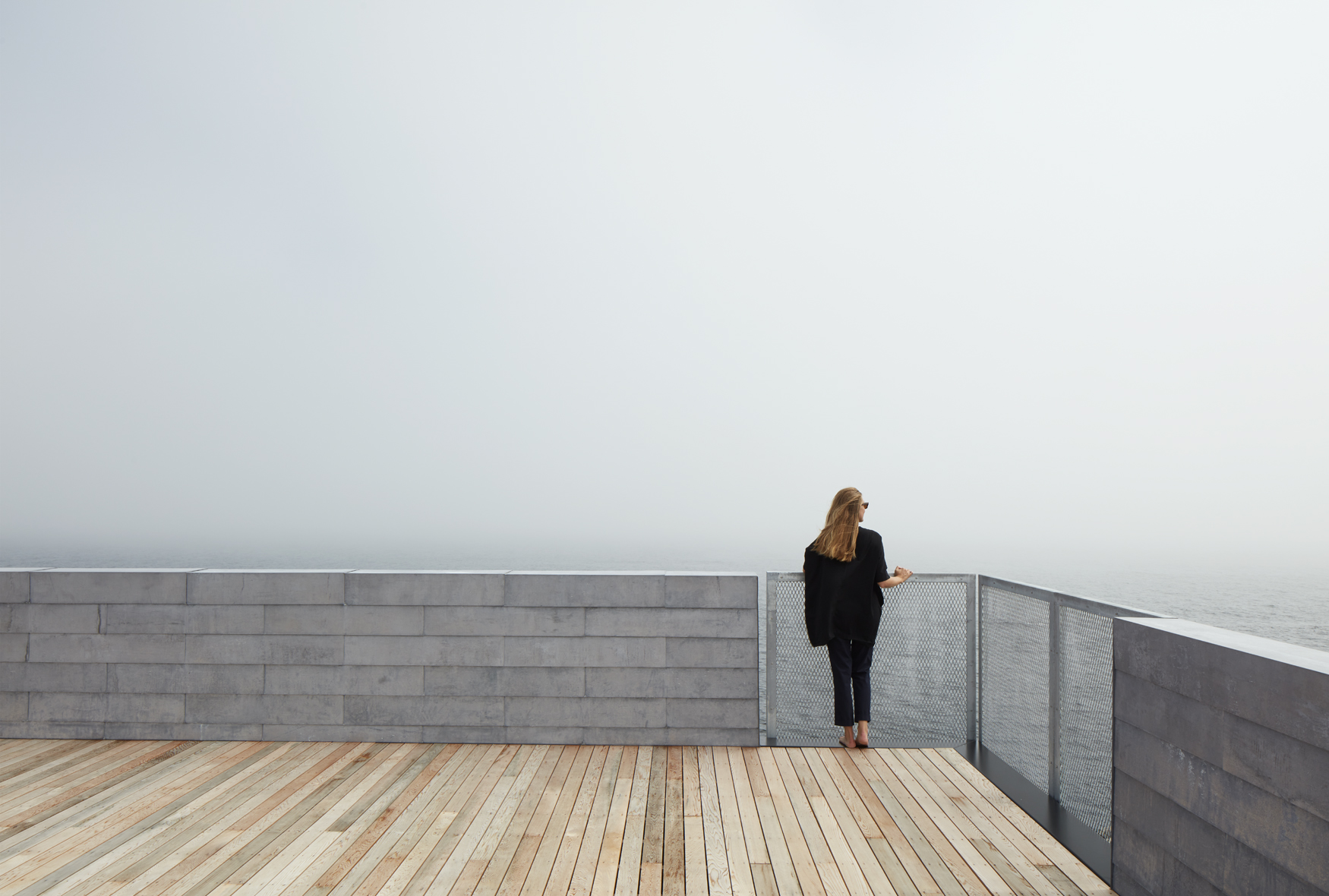


The work of our practice is driven by two interrelated principles: economy and place. Economy, as architectural historian Robert McCarter describes, is"our effort to make the most with the least, and to construct maximal experience and spatial richness with minimal form, material, and cost.” Place involves a careful consideration for climate, landform, and material culture. By responding to both economy and place, this 1500 square foot guest house provides a rich experience of inhabitation that is both authentic and appropriate.
El Aleph Guesthouse is part of a group of three buildings (including the main house and boat house) scattered across a coastal property in rural Nova Scotia. The project is located on a sloping promontory abutting the Atlantic Ocean. The landscape consists of weathered granite bedrock at the water’s edge. The site is very exposed and subject to extreme weather conditions including high winds, big surf, and hurricanes, with the sounds of the crashing waves, smell of the sea, ever-changing skies, and cool ocean breezes.
The guesthouse is elevated above its rugged site on four steel stilts – “touching the land lightly” as architect Glenn Murcutt describes. Comprised of a 28-foot cube, the ‘pure form’ is clad with a rugged, zero detailed leaded copper shingle skin. Eight inches to the weather and woven at the corners, the skin is expressed as a thin plane that extends above and below the building massing. This robust ‘metal jacket’ resonates with the vernacular, cedar shingle clad fishing shacks that dot the coastline of southern Nova Scotia.
While the north side of the project is quite mute with only one small, punched window, the south façade, by contrast, is mostly glazed. The fenestration is carefully composed in a pin-wheeling manner – “like clothes hung on a clothesline”. This off-setting composition gives the building a dynamic quality, alternating between solid and void.
Like most of our houses, the guest house utilizes an indirect entry sequence. A tree-lined, gravel path, extending along a northeast-southwest axis, withholds the ocean view. From a raised board form concrete plinth, a 40-foot-long steel bridge extends to a covered entry ‘bite’. Upon entry, full height glazing reveals an uninterrupted prospect over the sea. Much of the sky is cropped from view, emphasizing the ocean’s absolute horizon line. A shiplap clad kitchen core and bench anchor the main living space. The upper floor bedrooms are accessed via a hidden folded metal stair. Bathrooms and storage are contained in a shiplap clad center core. An elemental steel stair, screened by full-height perforated panels, leads to an integrated roof terrace. This ‘outlook’ provides commanding views in all directions and evokes poet Jorge Luis Borges’s story “El Aleph” - a point in space that contains all other points.
A sustainable building on the coast requires a response that is mindful of future risks and environmental change. Rising sea levels and more frequent extreme weather events including hurricanes and storm surges must be accounted for to ensure resilience and a long service life for the building. Because of this, our strategy was to elevate the building above the ground using a robust, galvanized steel structural frame, anchored to the bedrock below. Additionally, the building is clad with tough, leaded copper shingle skin to combat high winds, rain, and snow.
Awards
2024 American Institute of Architects Small Projects Award
Design Team
Brian MacKay-Lyons
Izak Bridgman
Shane Andrews
Tyler Reynolds
Kelly Cameron
Isaac Fresia
Ben Fuglevand
Andrew Falls
Colby Rice
Photography
James Brittain
Structural Engineer
Blackwell Structural Engineers
Geotechnical Engineer
Stantec
Contractor
Delmar Construction Ltd
Surveyor
Berrigan Surveys Limited
Design Point Surveying Ltd